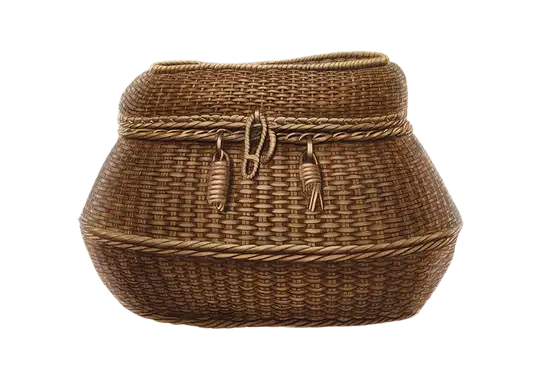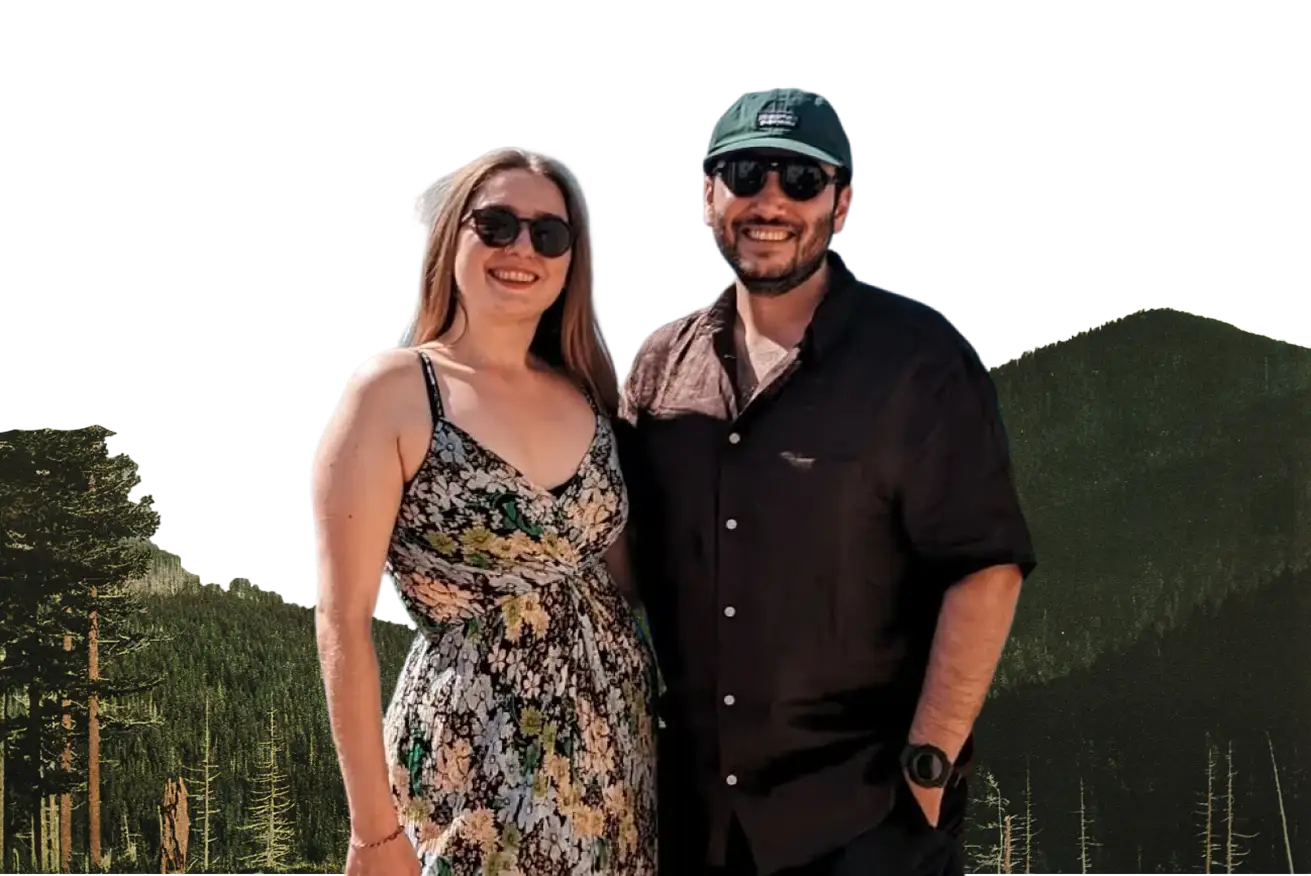Imagine a city built like a cascade of honey-coloured stone, clinging dramatically to a steep mountainside, its every window and terrace gazing southwards towards the ancient plains of Mesopotamia (the historical region mainly in modern Iraq, known as a cradle of civilisation). This isn't a scene from a dream; this is Mardin, in Southeast Turkey. Its remarkable terraced layout isn't accidental; it's a clear physical sign of thousands of years of history – a story of being a watchful guardian, a crossroads of diverse cultures, and a lively mix of peoples, all shaped by its unique position looking towards what is now Syria.
We, Ola and Riza, will never forget our first wide view of Mardin. It wasn't just the beauty of the matching stone, glowing warmly in the Anatolian sunlight (Anatolia is the Asian part of Turkey), or the complex network of narrow, stepped alleyways. It was the powerful feeling that this city faced something significant, that its very existence was like an ongoing conversation with the immense, history-filled land stretching out before it. This is our exploration of Mardin, not just as a pretty ancient town, but as a "stone witness." Its architecture and city plan are proof of human cleverness, the meeting of different cultures, and a lasting connection with one of the world's oldest civilised landscapes.
A City Shaped by Need and Vision
Mardin's striking terraced structure – where buildings are arranged in step-like layers on the hillside – isn't just for looks; it's a masterful way of dealing with difficult terrain. Built on the slopes of the Mardin Rock (Mardin Kalesi), which has an ancient citadel (a hilltop fortress) at its top, the city's layout was determined by the land. Houses, mosques (Islamic places of worship), churches (Christian places of worship), and medreses (historic Islamic schools) are built one above the other. Often, the roof of one house becomes the terrace or pathway for the house above it. This clever design not only made the most of the usable space on a steep slope but also ensured that most homes had wonderful views and, very importantly in this sunny region, access to cooling breezes.
The choice of building material is equally important: a special, locally dug limestone that is a pale honey-gold colour. This stone is easy to carve when it's fresh from the ground but becomes harder and stronger when exposed to air. It gives the entire old city a remarkable, unified look. Walking through its maze-like streets, we were struck by this visual consistency. Even though many different communities have called Mardin home over the centuries – Syriacs (an ancient Eastern Christian people who speak a language related to Aramaic), Arabs, Kurds, Turks, Armenians, and Jews – the architectural style using this stone remains mostly the same. This perhaps shows a shared understanding of the place and a long history of living together, even during difficult times.
Historically, this high, easy-to-defend position was very important. Looking out over the vast Mesopotamian plains, Mardin was a strategic watchtower, a fortified town on the edges of great empires – Roman, Byzantine (the Eastern Roman Empire), Arab, Seljuk (a Turkic dynasty that ruled much of the Middle East from the 11th to 14th centuries), Artuqid (a local Turkic dynasty that ruled in this area in the 12th and 13th centuries, known for its distinctive architecture), and Ottoman (the empire that ruled for over 600 years until the early 20th century). The citadel above, though mostly closed to visitors now, stands as a symbol of this long history of watchfulness.
An Architectural Conversation: Mixed Influences in Stone
The beauty of Mardin's architecture isn't just in its matching stone and dramatic setting; it's also in the rich details that tell of its layered past as a cultural crossroads. Detailed stone carvings decorate doorways, window frames, and arched walkways, often mixing Islamic geometric patterns with flower designs, Syriac Christian symbols, or styles from Seljuk and Artuqid art. For example, the Zinciriye Medresesi (also known as Sultan Isa Medresesi), with its elegant ribbed domes (domes with raised bands) and peaceful courtyard, stands as a wonderful example of Artuqid architecture from the 14th century, its minarets (towers on a mosque from which the call to prayer is made) offering amazing views. The Great Mosque (Ulu Cami), though its origins are older, showcases a magnificent Artuqid minaret that is a famous landmark seen from all over the city. Alongside these, historic churches, such as the Mor Behnam (Kırklar) Church, with its ancient bells and calm interior, show the long and continuous presence of one of the world's oldest Christian communities. Even the Mardin Museum, housed in a beautifully restored building that was once the Syriac Catholic Patriarchate (the residence and office of a high-ranking church leader), not only displays artefacts from the region's deep past but is itself a perfect example of Mardin's traditional stone architecture, complete with inner courtyards and decorated reception halls. These buildings are not just separate monuments; they are part of the dense city structure, their stories connected with the everyday lives of the people around them.
Facing Mesopotamia: A Look Across Time
Perhaps the most impressive aspect of Mardin's city plan is its constant southward direction, towards Mesopotamia. From countless terraces, windows, and viewpoints, the city looks out over a seemingly endless flat land, a landscape that was one of the first places where human civilisation developed. This isn't just a pretty view; it's like a conversation with history. One can imagine generations of Mardin's people looking out over these plains, watching empires rise and fall, armies and trade caravans pass by, and the slow, unstoppable movement of time.
This constant visual connection to a landscape so full of human history gives Mardin a unique, serious atmosphere. It also highlights its historical role as a border city, a place of interaction and exchange, but also of strategic importance and potential tension, with the lands of modern-day Syria lying just beyond the horizon. This geographical and historical position is key to understanding Mardin's character.
Mardin's unique city structure, a "stone witness" to its past, offers a powerful testament to human cleverness in adapting to the land and a quiet story of diverse cultures living side-by-side. The city continues its ancient conversation with the vast plains before it, its terraced streets and honey-coloured walls inviting us to read a narrative of human effort, written with ingenuity and artistry, against the backdrop of one of the world's most historically important landscapes.
.svg)




